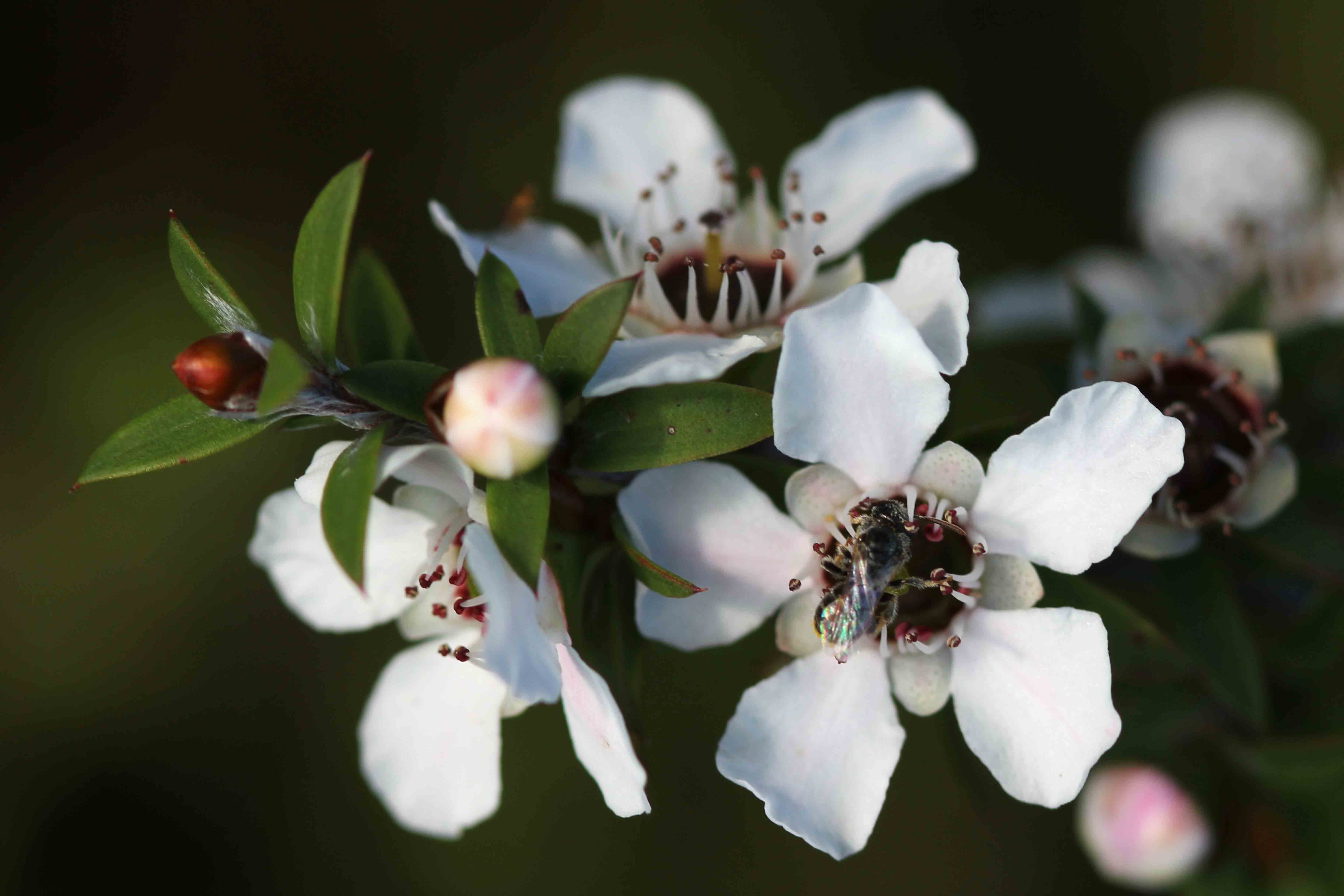
Q. Is there an aphid (or another bug) that lives on mānuka and secretes a honeydew that is active?
Dr Ronald van Toor is a Senior Scientist at Plant and Food Research, working in bioprotection.
A. I am aware of only three scale insects that excrete excess sap sugars in mānuka sufficient to produce honeydew.
One species, Eriococcus orariensis, was accidentally introduced into New Zealand from Australia and can cause mānuka blight that debilitates or kills mānuka over two to five years, particularly in Canterbury. For example, the 20 or so mānuka seedlings I planted in Lincoln three years ago are mostly now dead because of scale infestations. However, a parasitic fungus that destroys the scale insect, Myriangium thwaitesii, is also present in New Zealand. This has enabled the recovery of mānuka in all regions except Canterbury, as I understand it.
Therefore, commercial extraction of mānuka honeydew, per se, from E. orariensis is unlikely because either the mānuka is killed by the scale or the scale is killed by the entomopathogenic fungus.
There are, however, other scale insects that occur on mānuka that are not known to kill the plant. They are Eriococcus leptospermi, also from Australia, and the native Coelostomidia wairoensis, which produces a copious amount of honeydew.
I am not sure if the consequent heavy growth of the black-soot fungus, usually Capnodium elegans, feeding on the sugar, creates a barrier to bees collecting the excreted sugar droplets. Nevertheless, Airborne Honey reports that fungal particles from the sooty mould are often present in mānuka honey, and the conductivity (indicative of mineral content) of mānuka honey is similar to some honeydews (https://www.airborne.co.nz/pages/manuka). Both factors suggest honey bees are collecting honeydew and mānuka nectar simultaneously. This hypothesis has not been confirmed, though.
Kānuka is also inhabited by scale insects that excrete honeydew, which honey bees are likely to collect. Kānuka is less affected by E. orariensis. This is thought to be due to the plant readily shedding its bark, resulting in smoother branch surfaces and fewer establishment sites for the insect.
In summary, I am not aware of mānuka (or kānuka) honeydew being collected directly by beekeepers using honey bees, but it is possible honeydew is harvested coincidentally when bees collect nectar from mānuka (or kānuka), and is present in the honey as a by-product.
This is a question worthy of further investigation.
